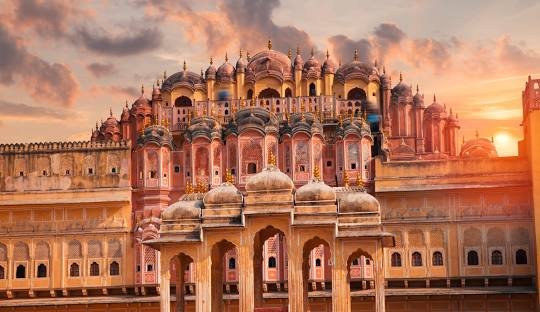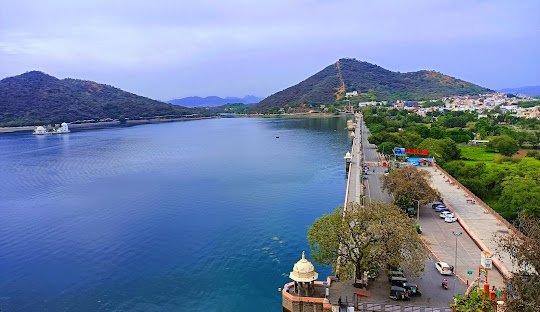About Us
Family Promise
Company Profile
Why World Trip Plan
Awards & Accolades
NEED TO NOW
Bank Details
Terms And Conditions For Customised Packages (Private Packages)
Terms And Conditions For Group Packages
Terms And Conditions Of Heli Service In Chardham
Aaaaaaa
ADVANCE PREPARATION
Terms & Conditions
Unavoidable Circumstances
Important Notes
TCS (Tax Collected At Source) Is Mandatory For International Holiday Packages
Complaints During
Payment Policy
Child Policy (Child Policy Will Not Apply To Flight Charges)
Check-in & Check-out Policy
Package Date Change Policy
CANCELLATION POLICY:
Guest Feedback
Domestic Tour
Rajasthan Tour Package
Uttarakhand Tour Package
Goa Tour Package
Himachal Pradesh Tour Package
Jammu& Kashmir Tour Package
Delhi Tour Package
Kerala Tour Package
Uttar Pradesh Tour Package
Madhya Pradesh Tour Package
Gujarat Tour Package
Tamil Nadu Tour Package
Karnataka Tour Package
Maharashtra Tour Package
Sikkim Tour Package
Meghalaya Tour Package
Lakshadweep Tour Package
Odisha Tour Package
West Bengal Tour Package
Punjab Tour Package
Tripura Tour Package
Andhra Pradesh Tour Package
Telangana Tour Package
Arunachal Pradesh Tour Package
Assam Tour Package
Haryana Tour Package
Jharkhand Tour Package
Nagaland Tour Package
Leh Ladakh tour package
Taxi service
Toyota Etios
Maruti Suzuki Dzire
Maruti Suzuki Ertiga
Toyota Innova
Toyota Innova Crysta
Toyota Innova Hycross
Mahindra Marazzo
Tempo Traveller
Self-Drive Hatchback Vehicle
Self-Drive Sedan Vehicle
Self-Drive Suv/ Muv/ Xuv Vehicle
Chevrolet Tavera
Honda City
Hyundai Verna
Maruti Suzuki Ciaz
Force Urbania









